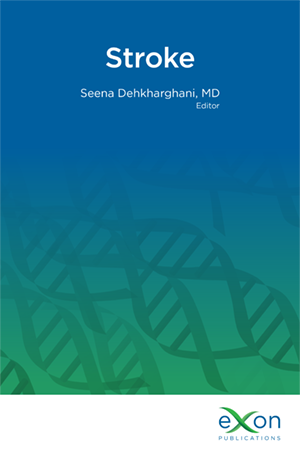Unilateral Spatial Neglect Due to Stroke
Main Article Content
ABSTRACT
Unilateral spatial neglect refers to a condition where patients do not react to various environmental stimuli originating from the contralateral side of a brain lesion, in the absence of other sensory or motor deficits. Consequently, activities of daily living can be adversely affected. Cerebral hemorrhage or infarction is often the cause, and approximately 80% of patients with right hemisphere injury from acute stroke show unilateral spatial neglect. The presence of unilateral spatial neglect is determined through a number of different tests. However, even cases that are not apparent from typical tests are often associated with symptoms of neglect in activities of daily living. Stroke-mediated unilateral spatial neglect may improve or disappear during rehabilitation; however, in most cases, it remains. Cerebral hemorrhage, bleeding site, level of hematoma, and age are closely related with prognosis. Treatment approaches include conscious behavioral changes and activation of higher-order central nerves by stimulation from the periphery. Several mechanisms have been proposed to explain the onset of unilateral spatial neglect. Therefore, treatment strategies should be formulated only after careful examination and determination of the causative mechanism specific to each patient. This will enable the rehabilitation team to provide the most appropriate support.
Downloads
Metrics
Article Details

This work is licensed under a Creative Commons Attribution-NonCommercial 4.0 International License.
Copyright of individual chapters belongs to the respective authors. The authors grant unrestricted publishing and distribution rights to the publisher. The electronic versions of the chapters are published under Creative Commons Attribution-NonCommercial 4.0 International (CC BY-NC 4.0). Users are allowed to share and adapt the chapters for any non-commercial purposes as long as the authors and the publisher are explicitly identified and properly acknowledged as the original source. The books in their entirety are subject to copyright by the publisher. The reproduction, modification, republication and display of the books in their entirety, in any form, by anyone, for commercial purposes are strictly prohibited without the written consent of the publisher.

